Paving Montana
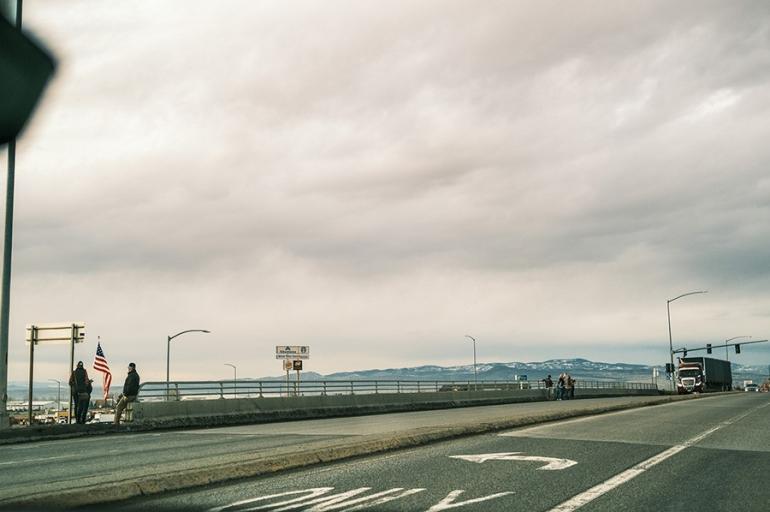
When and where was Montana’s first road created? That’s a big question that could use a little more precision. Taken broadly, it could be argued that Montana’s very first road was a pathway worn by indigenous peoples who were following the migration of buffalo 13,000 years ago. Narrow the definition of “road” to include any thoroughfare designed to carry wheeled vehicles, and you have to zoom forward in time to 1859-60, when the 624-mile Mullan Trail was built as a military road between Fort Walla Walla, Washington, and Fort Benton. It’s considered Montana’s first officially engineered road. If your qualifier is pavement, the answer doesn’t coincide with the appearance of the automobile. Far from it. As the steam- and gas-powered vehicles began to appear back East, it took a while for autos to become widespread under the Big Sky. Even after the smoke-belching, horse-terrifying rattletraps became more commonplace in Montana, auto enthusiasts had to put up with roads that were little more than glorified wagon trails cratered with ruts and potholes big enough to bend car rims and cause even prim Montana ladies to swear like a drunken sailor stubbing his toe on a cleat. The path to the smooth, durable blacktop we take for granted today was, to quote the Beatles, a long and winding road.
The Mullan Trail was incredibly ambitious. It crossed the Rocky Mountains, providing a reliable shipping route between the Columbia River and the Missouri at Fort Benton. Around the same time, to the southeast, the Bozeman Trail began carrying horse-drawn wagons between the gold town of Virginia City and the Oregon Trail in Wyoming. Emigrants, miners, farmers and homesteaders moved further into the Montana Territory, traveling through the heart of Indian country. It was a bloody time in the West, and conflicts with the Crow, Araphahoe and other tribes were frequent, sometimes fatal. The relentless spread of colonialism brought more people, more mining and logging, more livestock and more horse-drawn vehicles. The continuous establishment of army forts effectively put the military in the construction business, and that included roads.
Then the burning need for more and better roads was, ahem, derailed as the railroads arrived. The iron horse brought supplies, equipment and people out West and carried goods back East to market, with speed and efficiency. Towns sprung up along the railroad lines, and long-distance travel shifted largely from stagecoaches and wagons to rail, quelling the need for more roads, except those that provided pathways for farmers and ranchers to get their products to the depots.

How endless must Montana have seemed in the late 1800s when the distances between towns took forever to cover on the bone-rattling trails that formed a web of disconnected roads across the state. Most roads were privately owned. The few public roads paid for by county taxes were built and maintained by landowners who were allowed to work off their tax burden. Lacking skill and experience, these well-meaning but poorly trained Montanans built roads with no engineering, and little knowledge of design or construction beyond the ability to lean on a shovel. It was generally considered easy work, though, because when you don’t know how to do something you tend to not work very hard at it. In a letter to Jake Parmley of South Dakota from a Montana landowner, this poem summed up the attitude of most taxpayers:
Our life is tough and fearful
Its toil was often tearful
And often we grew faint beneath the load
But there came a glad vacation
And a sweet alleviation
When we used to work our tax out on the road
Shoddy construction wasn’t the only impediment to decent roads. Dirt roads soaked up the spring rains and formed a heavy, hoof-sucking muck known as gumbo, and in the summer heat they dried into a cement-hard surface riddled with cracks, washboard ruts and potholes. To top it off, so to speak, the roads that ran through Montana’s prairies were coated with an inch or two of dust that guaranteed travelers would arrive at their destination filthy dirty, wheezing the fine particulate out of their lungs.
Roadbeds were not banked on the tight curves, and drivers had to slow their horses to a crawl, lest a door fling open and deposit a passenger onto the ground. Switchbacks were often spurned in favor of a road that went straight up a steep incline. People frequently had to get out of the wagon on these hills and push. Sometimes a tailgate would flop open and the wagon would spill its contents—including passengers—onto the road. As the railroads were carrying more and more of Montana’s people and goods across the state, the roadways were looking like a Three Stooges movie.
A crusade to demand better roads began to gather steam in the 1880s. The Good Roads Movement didn’t come from the railroads, nor was it from the drivers of this noisy new contraption called the automobile, which wouldn’t become prevalent in Montana for another couple of decades. The Good Roads advocates wanted better, smoother roads for the popular new craze sweeping the nation: the bicycle. At the forefront of this effort was the League of American Wheelmen (LAW), which had been lobbying for better roads since 1880. By 1892 they were four million strong, collaborating with journalists, farmers, engineers, businessmen and politicians to pressure the government into funding better roads. This was truly a grassroots movement that put an emphasis on education, giving rural areas the ability to build and maintain their own roads. The railroads were all for it, as were Montana’s farmers—better roads meant a quicker way to get their goods to market. It also would provide a better way for families to connect with their communities, churches and schools. Thanks to LAW and other like-minded organizations, the Good Roads Movement spread nationwide. Cyclists had their two-wheeled motives, but they also pointed out the need for better roads for the inevitable automobile traffic that would eventually displace horse-drawn rigs. Back East, dozens of little auto companies were springing up, and cars were becoming a common sight in the bigger cities. By 1920 there were more than 1,000 auto manufacturers in the U.S.
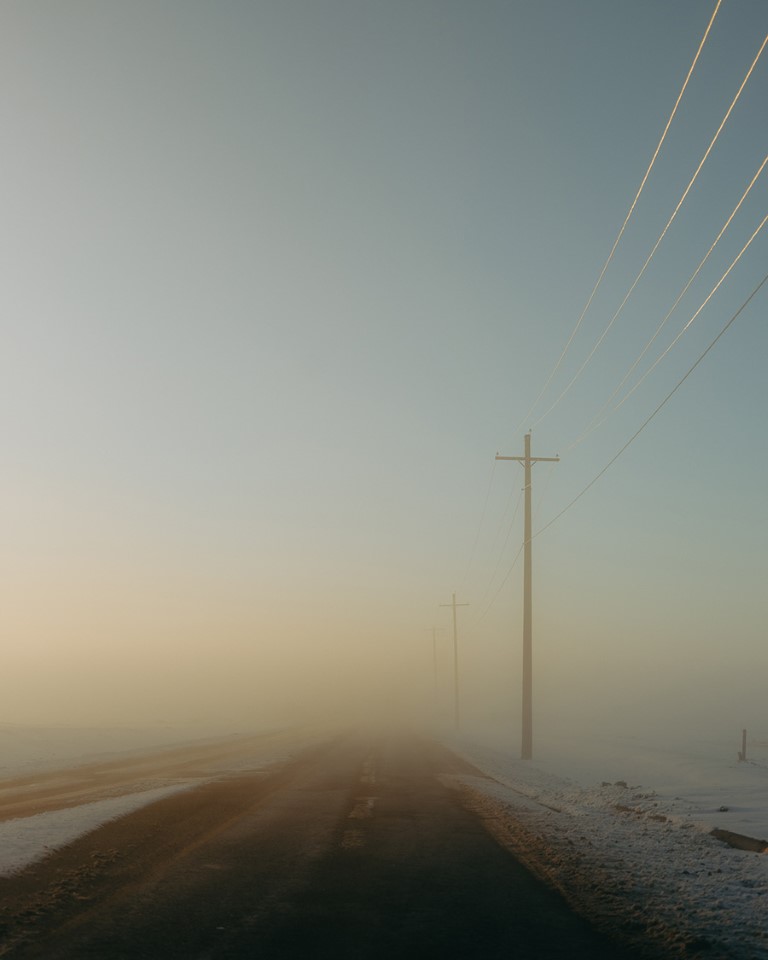
As with disco, Montana was slow to catch on to the trend. In 1904 there were exactly seven automobiles in the entire state. Five were in Butte, one in Sweetgrass County, and one in Big Timber. Henry Ford’s Model T debuted in 1908, and by 1915 Ford was cranking out 500,000 Model T’s a year, a car rolling off the assembly line every three minutes.
Thanks to expansion of the Homestead Act in 1919, Montana experienced a boom as farmers, ranchers and homesteaders wanted to claim their 640 acres. The railroads were carrying more product back East than ever, and more roads were being cut across the landscape. As for their quality and durability, they still had a long way to go.
In South Dakota, Joe Parmley was at the end of his rope. Having gotten his car hopelessly stuck in the gumbo on the shabby road between Aberdeen and Ipswich—again—he vowed to do something about it. He hatched a plan for a quality road from the Twin Cities to Yellowstone National Park. He collaborated with the Good Roads Movement, and eventually the idea grew into a network of roads that would span the nation: “A good road from Plymouth Rock to Puget Sound.” Federal funding was approved in 1916, and the 3,719-mile Yellowstone Trail, with its distinctive black-and-yellow arrow route markers, connected and improved existing roadways to create a solid, coast-to-coast circuit: the first transcontinental highway.
The Yellowstone Trail crossed Montana’s eastern border at Ismay, and was instrumental in forcing the state to acknowledge the sorry condition of its roads. At this time the U.S. was embroiled in the First World War, spurring a boom in production that caused the federal government to seize the railroads to transport matériel from the Midwest to eastern ports for shipment overseas. The railroads were overwhelmed, and trucking picked up the slack. Now the muscle of the military went into building decent roads and bridges that could support the heavy trucking traffic. It was a mighty challenge at the time—asphalt, oil and tar were largely funneled to the war effort overseas, severely hampering the construction of military roads at home. Steel used in bridge building was also scarce. Despite these hindrances, shipping routes were beefed up, and by 1918 the trucking industry had been established as an important cog in the manufacturing realm. Trucks were plying the roads of Montana as fast as they could be built.
It was the copper industry of the Richest Hill on Earth that necessitated Montana’s first paved road in 1921. A nine-mile strip of concrete between Butte and Anaconda, designated Highway 1, provided a solid passage for heavy machinery and supply vehicles between the copper mines and the smelter operation. The copper ore itself was shipped via rail in 50-ton carloads.
As automobiles continued to take over Montana’s roads, the issue of funding for road building and improvement was always on the table for the state legislature. The State Highway Commission was created in 1913, the same year vehicle registration and taxes were implemented. By 1915 there were 20,000 autos putt-putting around Montana, and road builders found that self-propelled vehicles needed different road designs than horse-drawn stagecoaches and carriages. Civil engineers designed roads with a more durable surface, graded switchbacks and fewer curves. Montana State Prison warden Frank Conley, a member of the commission, suggested using convicts to provide the labor for the ambitious new roads. Under Conley’s reign, incarcerated laborers built some 230 miles of state roads, including the 27-mile stretch of Highway 35 that runs up the east side of Flathead Lake. Apparently, the dicey issue of indentured labor was sidestepped by paying the convicts 50 cents a day. The inmate labor program was shut down after 12 years under pressure from private highway contractors and organized labor.
While a top layer of gravel was a major improvement over a raw dirt road, in 1929 road crews made a great leap forward when they began pouring crude oil over the gravel, which eliminated most of the dust. The oil sealed the gravel in place, and hardened the whole mess into a durable, water-repellent surface. That feeling you get when you’re driving along a dirt road and you finally hit asphalt? That’s called bituminous joy.
The Great Depression put the brakes on Montana’s road program for several years, but the Industrial Recovery Act of 1933, part of FDR’s New Deal, pumped $6 million into the state’s highway program. Another $4 million came from the Hayden-Cartwright Act the following year. By the end of the 1930s, Montana had 7,300 miles of paved roads and 1,360 new bridges.
Today, as thousands of drivers crisscross Montana on its complex road system, we tend to complain about construction delays or the back roads that could use some TLC after a winter of nature’s abuse. We don’t give much thought to the efforts of those early nomads and pioneers who, on a good day, covered 30 miles on the rough and rutted trails that passed for roads when most folks still got around using one horsepower. Thanks to their determination and perseverance, now we sail smoothly along at 80 per on velvety blacktop, taking for granted the crowned roadbeds, rumble strips, thermoplastic reflective lines, historical markers, rest stops—all the improvements and innovations that have evolved to meet the needs of tourists, truckers, road trippers, commuters, first responders, and everyone else who puts the rubber to the road in Montana.
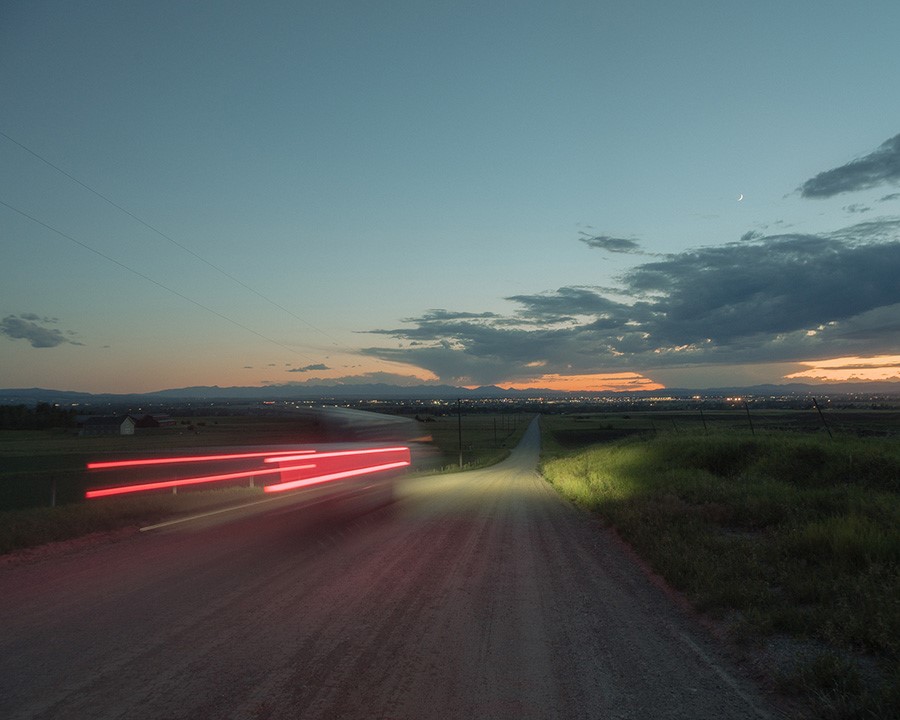
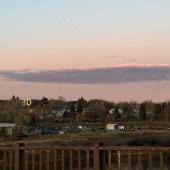
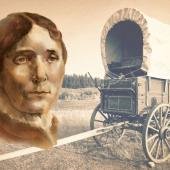
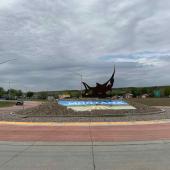
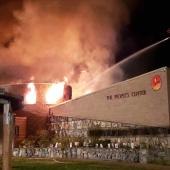
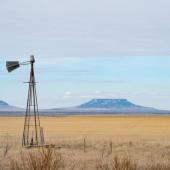



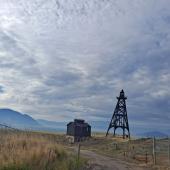

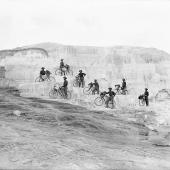

- Reply
Permalink